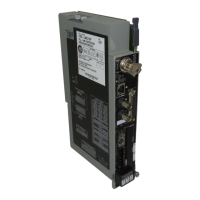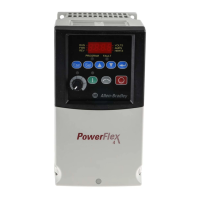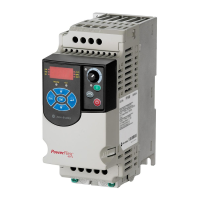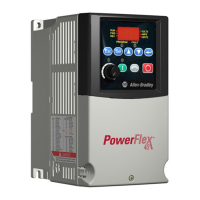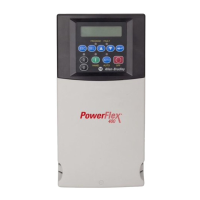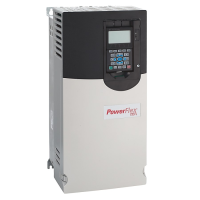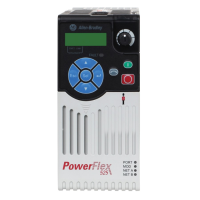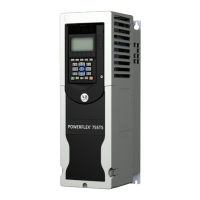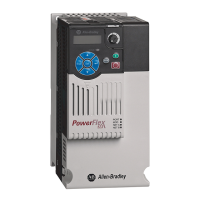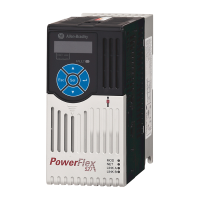Publication 1785-UM012D-EN-P - July 2005
Communicating with Devices on a Serial Link 10-13
User mode char. The character for the mode attention
character (above)
Enter a valid attention character. If the attention character you want to
use is a control character, specify the ASCII equivalent.
When the controller encounters the attention character and the user
mode character, the controller sets channel 0 communication to user
mode. Note that the remote mode change option must be ENABLED.
Serial Settings
Baud rate Communication rate for channel 0
Configure all devices in the system for
the same communication rate
Select 110, 300, 600, 1200, 2400, 4800, 9600, or 19.2k bps.
Parity Parity setting for channel 0
Parity provides additional message
packet error detection.
Select NONE or EVEN.
Bits per character Select the number of bits that make up
a transmitted character.
Select 7 or 8.
Error detect Whether you want error detection set
to BCC or CRC
Select one of the following:
BCC: the controller sends and accepts messages that end with a BCC byte
for error checking. BCC is quicker and easier to implement in a computer
driver.
CRC: the controller sends and accepts messages with a 2-byte CRC for
error checking. CRC is more complete checking
Configure both stations to use the same type of error checking.
Stop bits Match the number of stop bits to the
device with which you are
communicating
Select 1, 1.5, or 2.
Control line Select the mode in which the driver
operates.
Select a method appropriate for your system’s configuration:
If you are not using a modem, choose NO HANDSHAKING.
If you are using a full-duplex modem, choose FULL-DUPLEX.
Option Settings
Station address The node’s address on the DF1 link Enter a valid DF1 station address. Valid station addresses are: 0-376
octal
DF1 retries The number of times a message is
retried before being declared
undeliverable
Enter a valid value 0-255.
RTS send delay The time delay between the time the
RTS is asserted and the beginning of
the message transmission
This time allows the modem to
prepare to transmit the message.
Enter a value 0-255. Limits are defined in 20 ms intervals. For example to
wait 40 ms, type 2. The recommended time elapse is 0, unless you are
using a modem that automatically returns the CTS as soon as it receives
the RTS. If this is the case, enter a delay time to make sure the modem is
able to transmit before it attempts to send the message.
This field Specifies Configure by Doing the Following
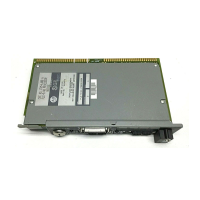
